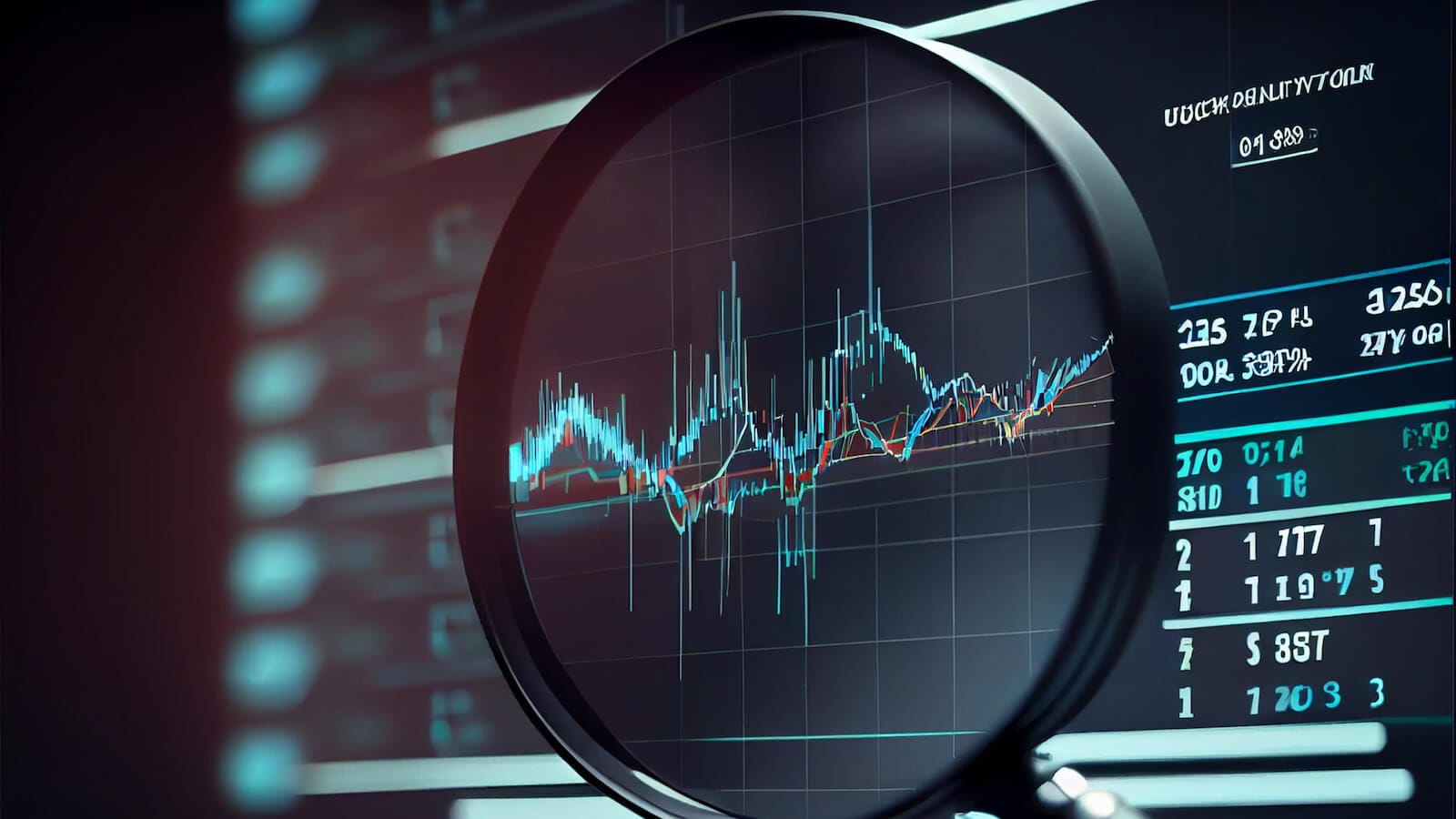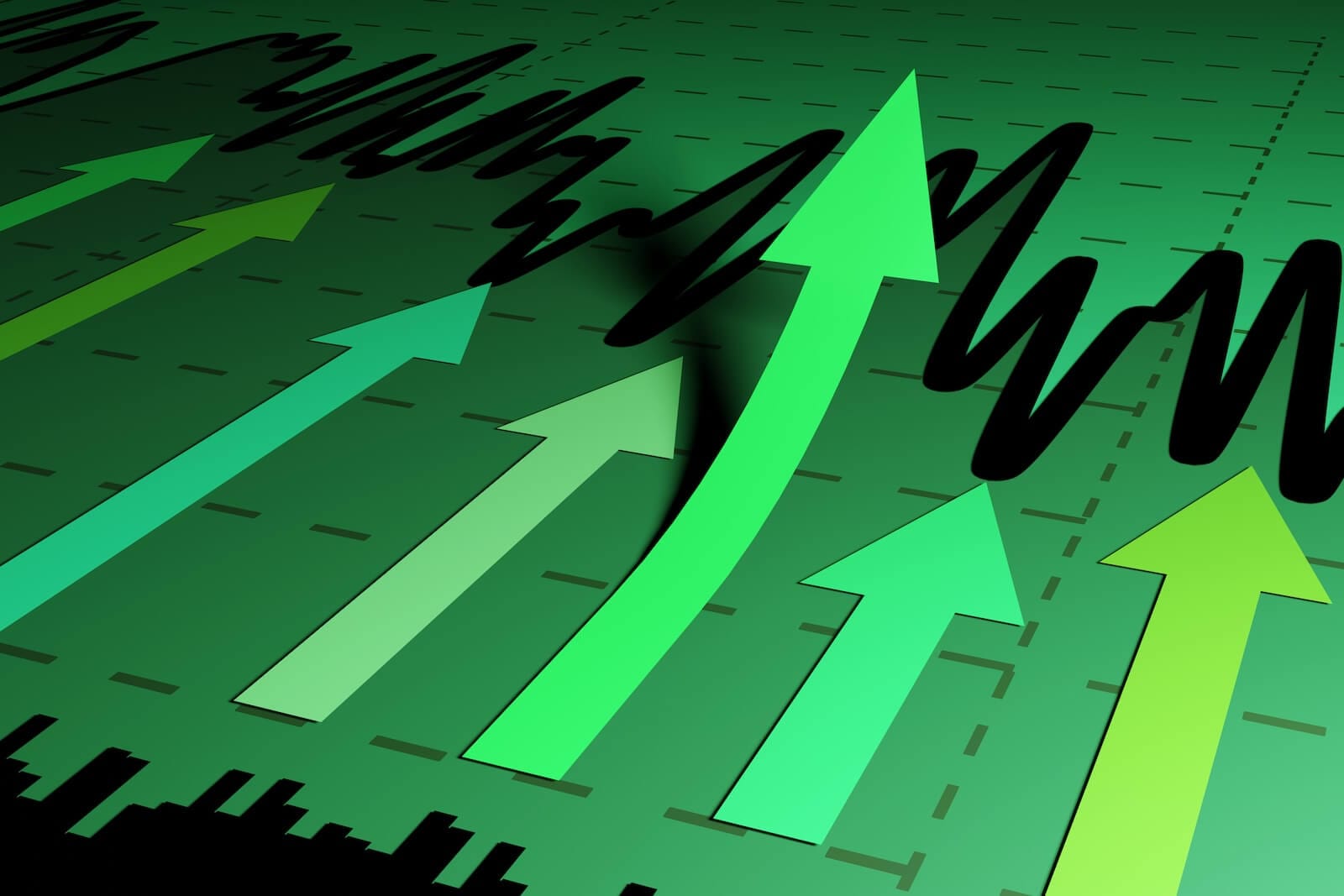WHY THE FOUR-YEAR PRESIDENTIAL CYCLE IS STARTING TO WORK AGAINST THE MARKET -- TRACKING LONG-TERM TREND SIGNALS
MARKET BOTTOMS EVERY FOUR YEARS ... I made brief mention of the four-year presidential cycle last week. Since it plays a important part of my overall stock market view, I thought it needed a more thorough explanation. The presidential cycle is the four-year cycle that repeats itself over and over again in stock market history. Its most useful application is the fact that the stock market forms an important bottom every four years (and mostly in the autumn). Chart 2 shows that the last two cycle bottoms occurred in 2002 and 1998. To be even more precise, those two bottoms occurred in October 1998 and October 2002, which is normally the case. To show you how consistent that four-year bottom has been, pull out a long-term chart of the S&P 500 and count back every four years from 1998. You'll find important bottoms formed in 1994, 1990, 1987, 1982, 1978, 1974, 1970, 1966, and 1962. Those market bottoms occurred exactly four years apart with one exception. The 1987 bottom fell one year later than it should have (in 1986). Except for that, the four-year cycle has been remarkably consistent and reliable. Counting forward from 2002, the next major bottom is due in October 2006. The problem is that the market usually drops before it reaches that bottom.

Chart 1
MARKET BOTTOMS IN MIDDLE OF CYCLE ... The four-year cycle actually starts in the first year of a new president's term. That would be this year. [The last one was 2001]. As a rule, the first two years of the four-year term are the weakest for the market. That's because a new administration often takes stronger measures near the start of its term (like raising short-term interest rates). The market bottoms midway through the four-year term and then strengthens over the last two years as the administration does everything possible to make the economy look good for the next election. The four year cycle from 2001 to 2004 was a textbook example of how the cycle should work. The market was down for the first two years (2001 and 2002), bottomed in the autumn of 2002, and then rose two years to the end of 2004. Unfortunately, the four-year cycle works against the market this year and next.
FIRST LOWER LOWS SINCE 1974... Chart 1 shows that the 2002 bottom was lower than the 1998 bottom. That's the first time that's happened since 1974 when that year's bottom was lower than the one in 1970. That was right in the middle of the 1970's which has been described as the last secular bear market. [The start of that secular bear was signaled when the 1970 bottom was lower than the one in 1966]. It wasn't until 1982 that a new secular bull market began. Whether or not we're in a secular bear market at present is open to debate, but the fact that the four-year cycle has seen its first "lower low" in 30 years has to make one somewhat cautious on the market's secular trend. At the very least, it opens up the possibility of a long-term trading range similar to the 1970's. Which brings us back to the presidential cycle.
1970's SAW TWO UP YEARS AND TWO DOWN YEARS... During the secular bull market from 1982 to 2000, the four-year cycle saw three up years followed by one down year. During the trading range years of the 1970's, the four-year cycle saw two up years balanced by two down years. Assuming that we're no longer in a secular bull market, we have to consider the possibility that the last two up years (2003 and 2004) could now be followed by two down years (2005 and 2006). Even if 2005 turns out to be an up year, odds are very strong that 2006 will be a down year. This coming October will mark the third anniversary of the October 2002 cycle bottom. From that point on, the market will be in the fourth year of the cycle which is usually the most dangerous. That seems to fit with my Elliott Wave analysis that the market is most likely in the fifth and final upwave in the cyclical bull market that started nearly three years ago.
LONGER-TERM TRENDS ARE STILL UP ... While the study of cycles and waves gives us some insight into where the market may be in the big picture, it's equally important to confirm important market turns with reliable technical indicators. For the study of major trends, weekly and monthly charts are the most useful. Chart 2 combines the monthly chart of the S&P 500 with what I consider to be one of the most reliable technical indicators around -- MACD lines and histogram. The value of monthly MACD lines is that they give very few signals -- and those signals are pretty reliable. In fact, only two signals have been given in the last five years -- a sell signal at the start of 2000 and a buy signal in the spring of 2003 (see arrows). [A signal occurs when the faster line crosses the slower]. The green histogram bars measure the spread between the two MACD lines. The spread has been narrowing since the start of 2004 (which shows a weakening trend), but remains in positive territory over the zero line. A crossing below the zero line is necessary to give a major sell signal. That hasn't happened. Until it does, we have to assume that the market's major trend is still up.

Chart 2
WEEKLY MACD LINES HAVE TURNED POSITIVE ... Chart 3 overlays the MACD lines (and histogram) on the weekly S&P 500 bars from the start of 2004. [A major buy signal had been given in the fourth quarter of 2002 when the MACD lines turned positive]. There are four signals shown on the chart since the start of 2004. [The signals can be seen when the two lines cross -- or when the green histogram bars cross the zero line]. A sell signal was given in March 2004 (first red arrow) which ended with an October 2004 buy signal (first green arrow). Another sell signal in March 2005 (second red arrow) ended with a buy signal in May 2005 (second green arrow). I use weekly signals to determine the market's intermediate trend which is up at the moment. So whatever I may think about the "future" trend of the market, the "current" trend of the market is up. I point this out because it's necessary to always balance "cyclical" and "wave" analysis with a reality check of what the technical indicators are actually showing. That's to keep us from getting too far off track in our more subjective and anticipatory trend work. While it's true that weekly and monthly signals are "slower" than daily signals, it's also true that they eliminate most of the short-term noise, and generally keep us on the right side of the major trend. Daily charts are more useful for spotting shorter-term trend changes. At the moment, the daily MACD lines are also positive.

Chart 3










